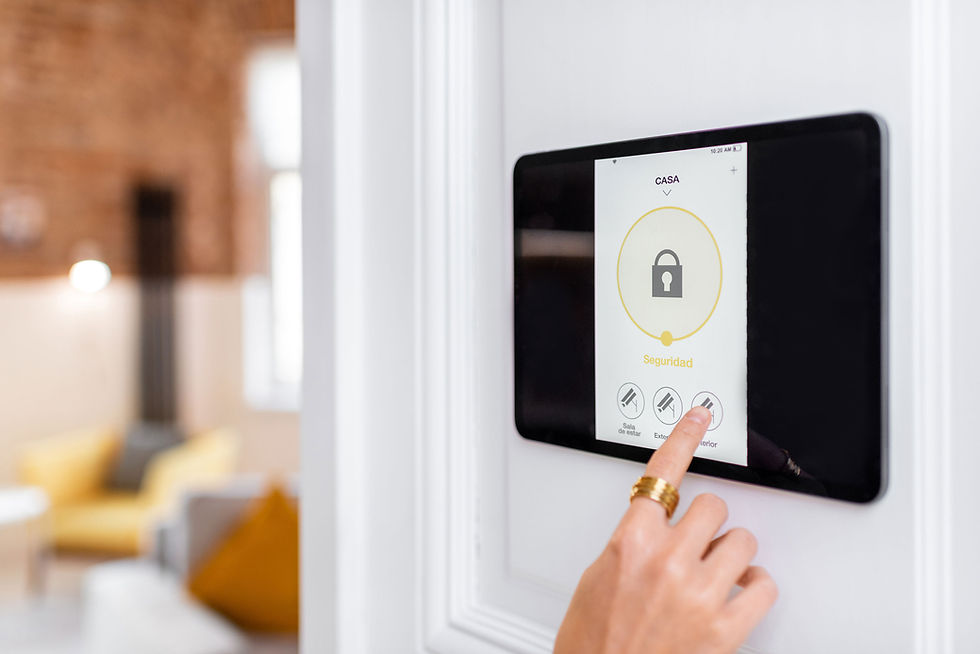
Imagine waking up in a world where your home anticipates your needs, responds to your commands, and provides immersive experiences like never before. Thanks to the convergence of Artificial Intelligence (AI), Augmented Reality (AR), and Virtual Reality (VR), this futuristic vision is becoming a reality. In this blog post, we will explore the exciting ways in which these technologies are transforming our homes into intelligent, interactive, and personalized spaces.
One of the key aspects of the smart homes of the future lies in AI-powered voice assistants. Think of having a virtual butler that can control your lights, adjust your thermostat, and even order groceries with a simple voice command. AI assistants like Amazon's Alexa, Apple's Siri, or Google Assistant are already becoming an integral part of our homes, making our daily tasks more convenient and streamlined.
But the integration of AR and VR takes the concept of smart homes to a whole new level. Augmented Reality overlays digital information onto the real world, enhancing our perception and interaction with our surroundings. In the context of smart homes, AR can transform the way we navigate and interact with our living spaces. Imagine wearing AR glasses that can project virtual furniture onto empty rooms, allowing you to visualize different layouts and decorations before making a purchase. Additionally, AR can provide real-time information about energy usage, temperature, and security, enabling homeowners to make informed decisions and optimize their living environments.
Virtual Reality, on the other hand, offers immersive experiences that transport us to entirely different realms. Within the smart home context, VR can create virtual environments that mimic real-world locations, allowing us to relax on a beach or explore a historical city without leaving our living rooms. VR can also be used for teleconferencing, transforming traditional video calls into virtual meetings where participants feel as if they are physically present in the same room.
Moreover, AI, AR, and VR can collaborate to make our homes safer and more secure. AI-powered security systems can analyze data from various sensors and cameras to detect unusual activities or potential threats, alerting homeowners in real-time. AR can enhance our home security by overlaying virtual markers on potential hazards or by providing visual cues to guide us during emergencies. And VR can be utilized to simulate emergency situations, helping homeowners prepare for contingencies in a safe and controlled virtual environment.
As technology continues to advance, the possibilities for smart homes powered by AI, AR, and VR are limitless. From personalized AI assistants to interactive AR interfaces and immersive VR experiences, our homes are evolving into intelligent, adaptable spaces that cater to our every need. The future is indeed here, and it is transforming the way we live, interact, and experience our homes.
コメント